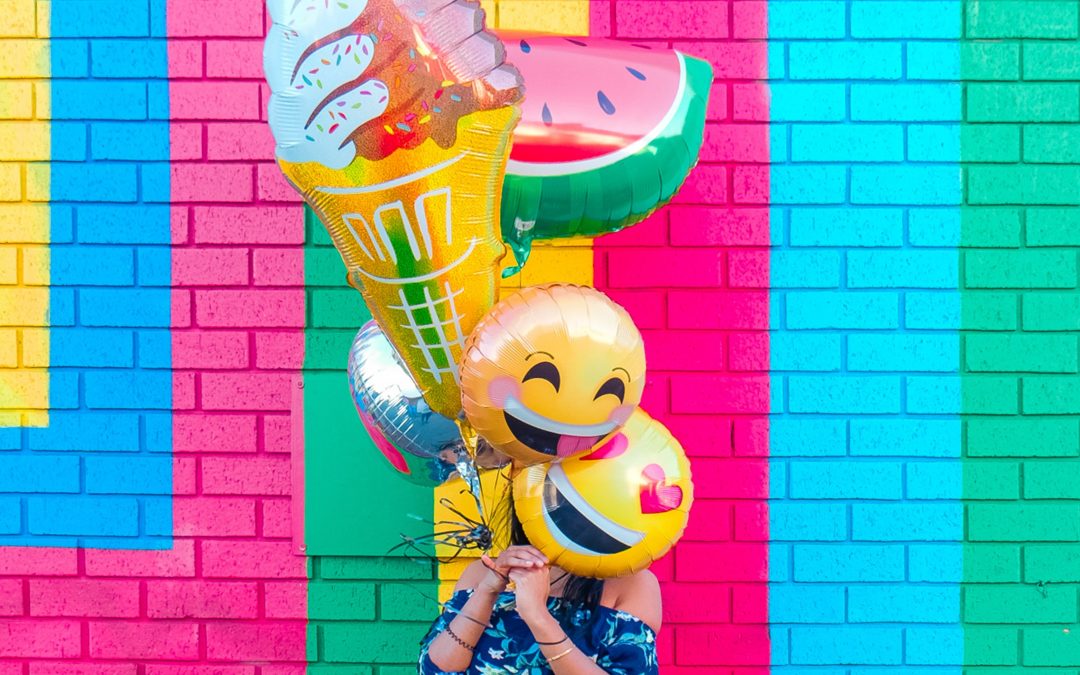Hey readers!
I’ve been meaning to write this post for a while. If there’s one thing I’ve learned about interpersonal connection during my time at university, it’s the importance of emotional validation. I think it’s a shame that almost no one is talking about it, yet almost everyone needs it. I was reminded of the importance of emotional validation when I saw a YouTube video the other day (click here to watch). The youtuber was asking strangers about the kindest thing they’ve ever been told. To my surprise, multiple people described moments where they spoke to a friend during a vulnerable time and the friend simply allowed them to be sad. No judgement. No sugar-coating. No changing the subject. It’s that simple. Pure acceptance is so refreshing!
Emotional validation is the process through which we listen to, seek to understand and accept others’ emotions or emotional responses. Too often we hear about our friend’s distress and respond by offering a solution: “maybe you should just . . . ?” To be fair, this approach may be appropriate when you’re discussing a practical issue with no emotional weight; if a friend is wondering how to improve their Tinder profile or decrease procrastination, then advice might be welcome. However, let’s say our friend is feeling grief or hopelessness. If there were a quick fix to the situation, they probably would have thought of it by now. When we suggest an easy solution to a complicated, emotional issue, the person might feel belittled or misunderstood. There’s usually no instant cure because that’s not how emotions work. I’ve said this before in a blog post but when someone is feeling vulnerable, they need a safe space more than they need an instruction manual.
Another common response is the sugar-coated statement where we try to get them to “Look on the bright side.” This response comes from good intentions. We want our friend to feel better. Ideally, we want them to feel entirely resolved by the end of the conversation. . . wouldn’t it be nice to be the instant hero? Hey! That’s not realistic! Sugar-coating is invalidating because it might seem like we are not recognizing the person in their current state. Otherwise, it might seem like we are refusing to acknowledge their emotions because we don’t want to be around a Negative Nancy. Either way, no genuine improvement can take place. Despite what many people think, the antidote to negativity is not positivity. The antidote is growth, which requires reflection and acceptance. That’s where emotional validation comes in.

First, we must identify and acknowledge the emotion. Emotional validation is even more helpful if you can understand the source of the emotion and let the person know that their response is justified. Try “It seems like you’re feeling ______ because ______. That sounds like a really difficult situation and its a lot for you to be facing all at once.” This kind of statement can help the person feel empowered enough to start healing or changing their thought process. If they can recognize what their emotion is, then this can help them to understand what their emotion is not. For example, sadness can feel like a huge overruling force. Sometimes this force can be blinding but the emotional response is surmountable once we define it. By making the emotion more tangible, we strip away some of its power. However, first we must make space for the sadness to be understood. As the YouTube video said, it might be the kindest thing we ever do.
That’s all for now. Thanks for reading!
Pearl

Insightful point. May I have the further email discussion with the blogger, Pearl? I’m PhD candidate at UofCalgary. My dissertation topic is about Lindsay Wong’s memoir: The Woo-Woo. It narrates how a Chinese Canadian daughter overcome of stigma of mental illness and rethink her culture of ghost. If you have interests, please contact me by email, lei.hou@ucalgary.ca
Thanks